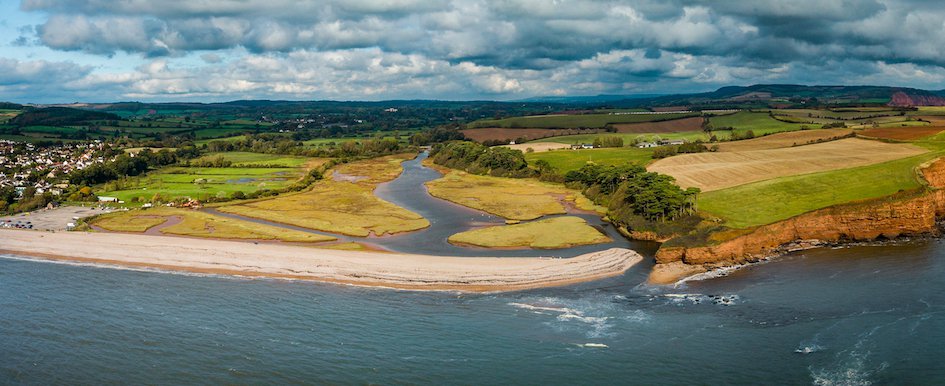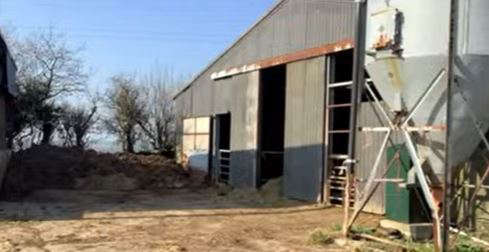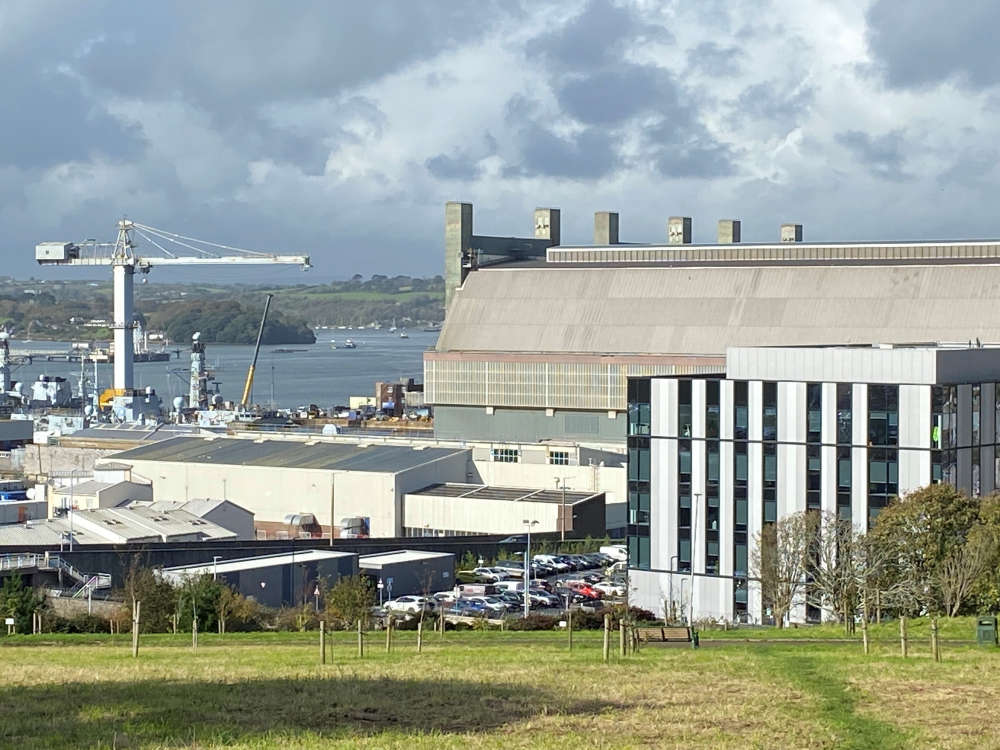
Project corrects 19th century changes
A project to help a Jurassic Coast river valley adapt to climate change and create an internationally important wildlife reserve has been agreed by East Devon District Council.
The £15 million Lower Otter Restoration Project (LORP) will be mainly paid for by the European Union, even though the UK is no longer a member. It will reconnect the River Otter to its historic floodplain and return the lower Otter Valley to a more natural condition; creating more than 50 hectares of intertidal mudflats, saltmarsh and other valuable estuarine habitats.
LORP is a partnership between the Environment Agency, local landowner Clinton Devon Estates, and the East Devon Pebblebed Heaths Conservation Trust that currently manages the estuary. It also has the support of Natural England, RSPB and Devon Wildlife Trust.
Planning approval by the council means work on the project can start this spring and be completed by early 2023. It's taken seven years to get to this stage. Once established, the new site will become a wildlife reserve of international importance within five years.
The Lower Otter Restoration Project is mainly funded by the European Interreg programme through an initiative called Promoting Adaptation to Changing Coasts (PACCo). It is partnered with a similar project in the Saâne Valley in Normandy, France. Both are pilot projects that aim to demonstrate that early adaptation to climate change brings greater benefits than a delayed response or inaction. If successful, the adaptation model for these two projects will be rolled out to other locations in the UK and France.
The Lower Otter Valley has been heavily modified by humans in the last 200 years with the construction of an embankment, a road, a rubbish tip, an aqueduct and an old railway line. These structures are difficult and expensive to maintain and restrict natural processes including the movement of water. This reduces habitat quality and diversity. Since the creation of an embankment in the early 19th century, the River Otter has been disconnected from much of its natural flood plain.
The creation of new habitats and restoration of the site will be achieved by breaching the embankment.This will allow a much greater extent of the original floodplain to flood at high tide and drain at low tide producing important intertidal habitat, mudflats and saltmarsh for wading birds. There will also be areas of reedbed and grazing marsh.
Mark Rice, environment manager at the Environment Agency, said: "Climate change is affecting the way we manage our coasts and estuaries and we must adapt to that change. The Lower Otter Restoration Project is an example of how we can do that. We aim to deliver long term benefits for people and wildlife by working in partnership and through more sustainable management of the Otter Estuary."
The project website can be found at www.lowerotterrestorationproject.co.uk.
 Livestock processing plant refused at Shebbear
Livestock processing plant refused at Shebbear
 Two Devon warships could be sold to Brazil
Two Devon warships could be sold to Brazil
 Devon police dog honoured
Devon police dog honoured
 Schizophrenic knifeman given indefinite hospital order
Schizophrenic knifeman given indefinite hospital order
 Paignton Post Office petition goes to parliament
Paignton Post Office petition goes to parliament
